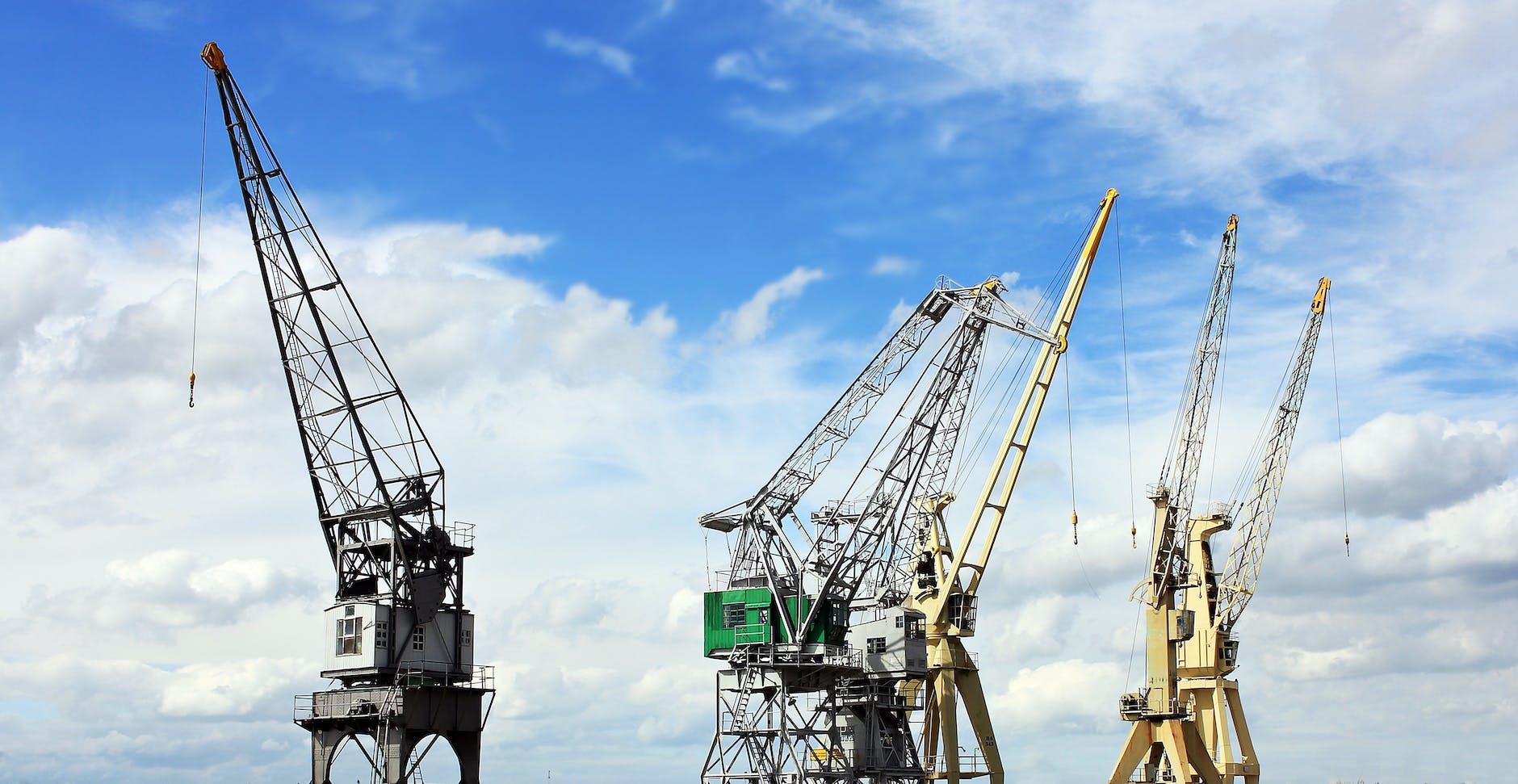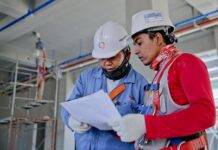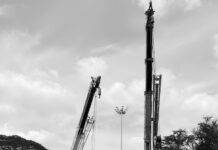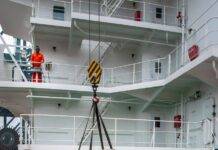
Types of Cranes
Types of Cranes : Cranes, the mechanical workhorses of construction and heavy industry, come in a variety of shapes and sizes, each uniquely suited to specific tasks. These mighty machines are indispensable in lifting and transporting heavy loads. This article will explore the different types of cranes, their features, applications, and the impact of crane technology on our world.
What Are Cranes Used For?
Before delving into the various crane types, let’s understand the fundamental purpose of cranes. Cranes are used to lift and move heavy objects that are beyond the capacity of human strength. They make it possible to construct skyscrapers, load and unload cargo from ships, assemble large machinery, and more.
Different Types of Cranes
Mobile Cranes
Mobile cranes are highly versatile and can be transported to various job sites. They are equipped with wheels, making them easy to move. Mobile cranes come in different configurations, such as hydraulic, rough terrain, and all-terrain cranes, each tailored to specific tasks.
Tower Cranes
Tower cranes are a common sight on construction sites, towering above buildings. They are fixed to the ground and have a high lifting capacity. Tower cranes are known for their stability and ability to reach great heights.
Crawler Cranes
Crawler cranes move on tracks and are ideal for projects requiring stability on uneven terrain. They can handle massive loads and are frequently used in heavy construction and infrastructure projects.
Overhead Cranes
Overhead cranes are typically found in factories and warehouses. They are installed on overhead runways and are designed for precise material handling. These cranes are pivotal in manufacturing and logistics.
Telescopic Cranes
Telescopic cranes are known for their extendable booms, making them suitable for jobs that require a wide range. They are often used in the construction of bridges, buildings, and for tasks that demand versatility.
Key Features of Each Crane Type
Each crane type has its unique features that make it suitable for specific applications. Mobile cranes are prized for their mobility, tower cranes for their height, crawler cranes for their stability, overhead cranes for precise handling, and telescopic cranes for their flexibility.
Applications of Mobile Cranes
Mobile cranes are used in a variety of settings, including construction, roadwork, and infrastructure projects. Their mobility and adaptability make them essential for tasks like erecting steel structures, setting up wind turbines, and more.
Advantages and Disadvantages of Tower Cranes
Tower cranes excel in construction projects, especially tall buildings. Their height and lifting capacity are unmatched, but they require significant setup time and space, making them less practical for smaller sites.
The Versatility of Crawler Cranes
Crawler cranes’ ability to traverse challenging terrains and lift heavy loads is invaluable in bridge construction, shipbuilding, and other large-scale projects. However, their slower speed can be a drawback.
Industrial Uses of Overhead Cranes
Overhead cranes are vital in manufacturing facilities, enabling efficient material handling and minimizing the risk of accidents. Their fixed position and precision control make them indispensable.
Telescopic Cranes – The Go-To Choice for Reach
Telescopic cranes are prized for their extendable booms, which allow them to access hard-to-reach places. They are a common choice for tasks where flexibility is crucial, such as building maintenance or film production.
Safety Measures in Crane Operation
Operating cranes requires skill and caution. Safety measures, such as regular inspections, well-trained operators, and adherence to weight limits, are essential to prevent accidents and ensure worksite safety.
Environmental Impact of Crane Usage
The energy consumption and emissions of cranes can have environmental implications. Advancements in crane technology aim to make them more eco-friendly by reducing fuel consumption and emissions.
The Future of Crane Technology
The crane industry continues to evolve, with the development of more advanced and efficient machines. Remote-controlled cranes and automation are some of the trends shaping the future of crane technology.
Conclusion
Cranes are a pivotal part of modern construction and industry. Their diverse types cater to specific needs, ensuring that even the most challenging projects can be accomplished efficiently and safely.
Rigging Hazards and Precautions
How to Calculate Crane Load Capacity Without a Load Chart
How To Calculate Crane Load Capacity?
How To Calculate Crane Percentage Capacity
FAQs About Cranes
- Are cranes only used in construction? Cranes have various applications beyond construction, including shipbuilding, manufacturing, and even the film industry.
- What safety precautions should be taken when operating a crane? Safety measures include regular inspections, operator training, and adherence to weight limits.
- How do cranes affect the environment? The energy consumption and emissions of cranes can have environmental impacts, but advancements aim to make them more eco-friendly.
- What is the tallest tower crane ever built? The tallest tower crane ever built was the Liebherr LR 13000, which had a maximum height of 256 meters.
- What is the most significant advantage of crawler cranes? Crawler cranes excel in stability and are ideal for projects on uneven terrain.
In conclusion, cranes are a diverse and essential component of various industries. Their ability to lift heavy loads, reach great heights, and ensure precision in material handling makes them indispensable in the modern world. Whether it’s constructing skyscrapers, manufacturing, or even film production, the right crane type can make all the difference.

























Thanks for pointing out that cranes are used to lift and move heavy objects that cannot be handled by human strength. It means that using those types of equipment would need proper protocols to prevent accidents to anyone and anything. So companies offering cranes for rent should also have workers who are trained and we’re also continuously refreshed with the law and the responsibilities that they have.